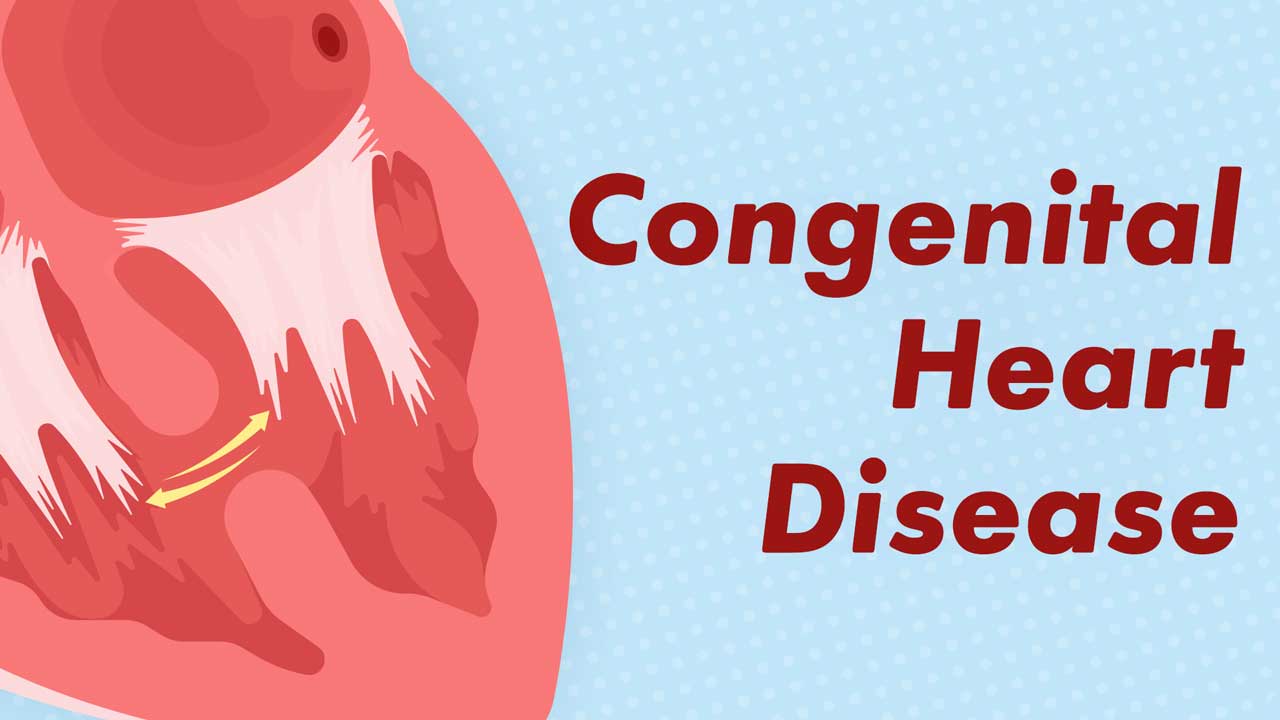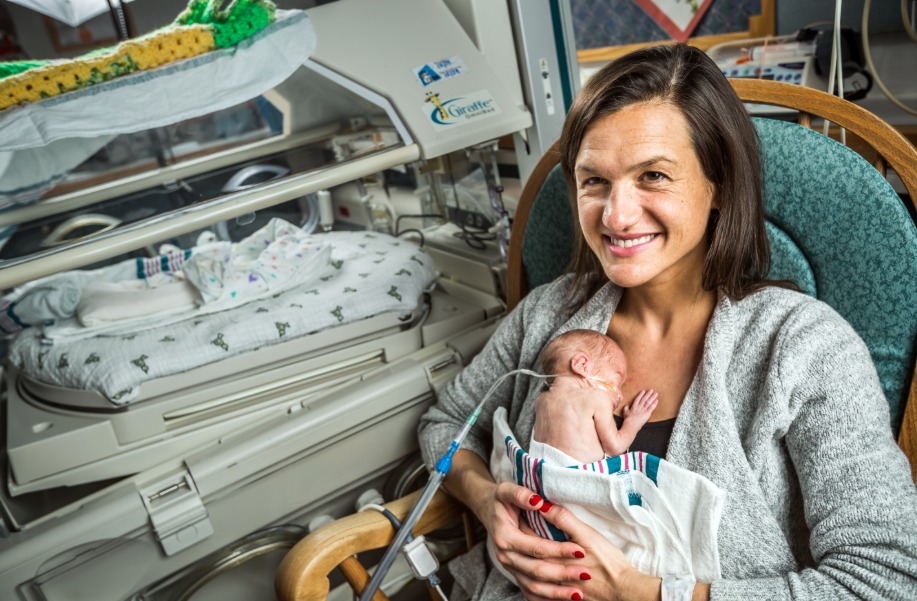As a cardiologist with over two decades of experience, I have had the privilege of caring for many patients who were born with congenital heart defects. When I think about these patients, it strikes me how their journey from childhood to adulthood can be both inspiring and challenging. Living with congenital heart disease (CHD) as an adult is rarely straightforward, but thanks to advances in modern medicine, many now lead healthy, active lives.
The Unique Challenges of Adult Congenital Heart Disease
In childhood, congenital heart defects are often diagnosed early, enabling timely interventions that can significantly improve outcomes. However, as these children grow older, they face new hurdles. Some may experience fatigue, breathlessness, arrhythmias, or even heart failure, which were not as apparent during childhood. Many of my adult patients initially thought their symptoms were just signs of aging or stress, but further evaluation revealed their underlying congenital conditions needing ongoing management.
One such patient, Mr. Rao, a 38-year-old man, had been born with a ventricular septal defect (VSD). During childhood, he underwent surgical repair, but in adulthood, he started experiencing episodes of dizziness and irregular heartbeat. Managing his case required not only addressing his current symptoms but also understanding how his earlier intervention impacted his heart's structure over the years. This journey underscored my belief that congenital heart disease isn't just a childhood disease; it is a lifelong condition needing continuous care.
Modern Solutions: Tailored and Minimally Invasive Approaches
Thanks to technological advancements, the scope of treatment options for adult CHD has expanded remarkably. Today, many structural abnormalities can be corrected with minimally invasive procedures, reducing the need for risky open-heart surgeries. For instance, transcatheter interventions like device closures for atrial septal defects (ASD) or patent foramen ovale (PFO) are now routine, offering patients a quicker recovery with excellent results.
In Mr. Rao’s case, we utilized a catheter-based approach to close his residual defect, significantly improving his symptoms and reducing his risk of future complications. This approach exemplifies how modern interventional cardiology is transforming lives, making the management of congenital heart disease more accessible, effective, and patient-friendly.
A Lifelong Partnership for Heart Health
Living with CHD as an adult requires a multidisciplinary approach—regular follow-ups, medication management, and lifestyle adjustments. It’s essential for patients to understand their condition and stay engaged in their care. I emphasize educating my patients about recognizing warning signs like abnormal fatigue, swelling, or irregular heartbeat, which may indicate the need for prompt medical attention.
One patient, Mrs. Devi, was diagnosed with atrial septal defect in her 40s. With proper medication and periodic assessment, she now enjoys her active lifestyle without limitations. She shares that her ongoing care made her realize that living well with CHD is a shared journey, not a destination.
Hope for the Future
The story of adult congenital heart disease is one of hope and resilience. With early diagnosis, lifelong management, and the latest treatment options, many patients are thriving despite the challenges. My message to all adults living with congenital heart conditions is this: do not hesitate to seek expert care, stay informed, and remain proactive about your health.
Each patient’s heart story is unique, and so is the approach to treatment. As a cardiologist, I am committed to walking this path with my patients, helping them enjoy a fulfilling life with their hearts full of hope.




Add a Comment